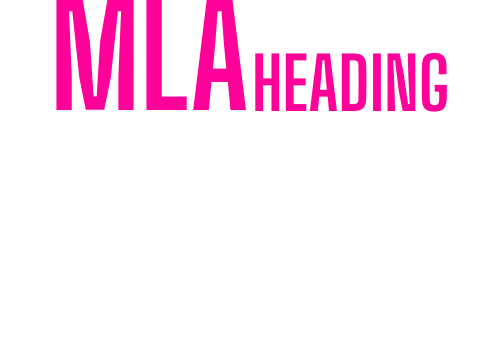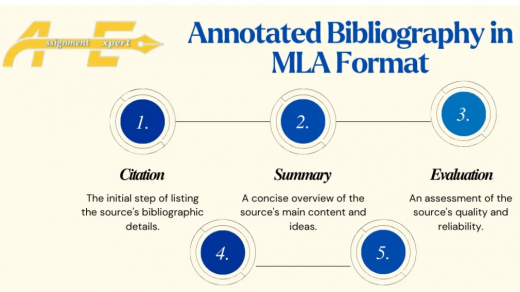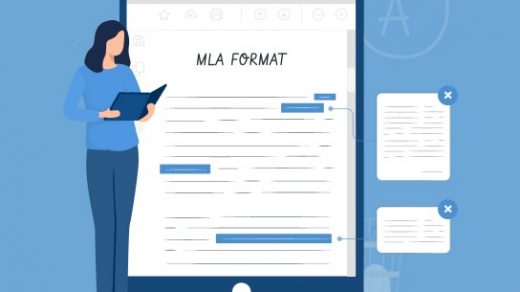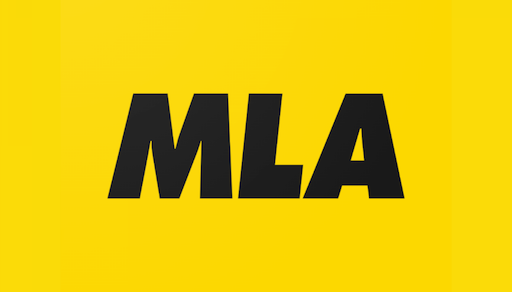In the 21st century, research has become increasingly dependent on digital and non-traditional sources. While MLA (Modern Language Association) style was originally designed to guide the citation of books, journal articles, and other conventional written works, today’s researchers often rely on tools that fall outside these categories: datasets, software, code libraries, and even artificial intelligence outputs. Properly citing these sources is no longer optional. It ensures academic integrity, facilitates reproducibility, and gives proper credit to creators.
This essay explores how MLA style can be applied to these non-traditional sources, offering practical strategies, examples, and a discussion of common pitfalls. It also examines the broader implications for research culture and the evolving role of citation in the digital age.
The Expansion of MLA: Adapting to Modern Research
Historically, MLA provided a straightforward structure for printed works: author, title, publisher, and publication date. As research methods evolved, especially with the advent of digital humanities, computational social science, and data-driven research, scholars began incorporating resources that had no clear place in traditional MLA templates.
Today’s typical research might rely on:
-
Open datasets from government, scientific, or corporate repositories
-
Code libraries such as Python’s NumPy, R packages, or MATLAB scripts
-
Software applications used for data analysis, visualization, or modeling
-
AI-generated content and computational notebooks
These sources require more than just a name and a date; they need precise versioning, release information, and permanent access links. Omitting these details can lead to irreproducibility, which undermines the scientific and scholarly value of a paper.
The MLA 9th edition recognizes the increasing diversity of source types and provides guidance for containers, contributors, and digital identifiers, but students and researchers must apply this guidance creatively when citing datasets and software.
Citing Data Sets in MLA
Datasets are among the most critical resources in modern research, especially in fields like epidemiology, environmental science, economics, and social sciences. Correct MLA citation should include:
-
Author(s) – individual or organization responsible for the dataset
-
Title – italicized if standalone
-
Version or release number
-
Publisher or hosting organization
-
Date of publication or release
-
URL or DOI
Example:
Smith, Jennifer, et al. Global Urban Air Quality Dataset. Version 3.0, World Data Repository, 2023, doi:10.1234/airdata.2023.
It is essential to note version numbers because datasets are often updated periodically. Researchers citing different versions of the same dataset must indicate the specific version used. Similarly, using DOIs or stable URLs ensures that others can access the same data.
Special Considerations
-
Multiple authors: Datasets may have dozens of contributors. MLA allows listing the first author followed by et al. when the list is extensive.
-
Dynamic datasets: Some datasets are continuously updated. Include the access date to indicate when the data was retrieved.
-
Partial data usage: If using only a subset, specify this in the in-text citation or methods section.
Citing Software Applications
Software is ubiquitous in research, yet its citation is often neglected. From statistical packages to visualization tools, proper attribution is crucial for reproducibility. MLA recommends including:
-
Author or development team
-
Title of the software
-
Version number
-
Publisher or developer
-
Date of release
-
Platform or medium
Examples:
For a statistical software:
R Core Team. R: A Language and Environment for Statistical Computing. Version 4.2.2, R Foundation for Statistical Computing, 2023, www.r-project.org.
For a code library:
Van Rossum, Guido, et al. NumPy Library for Python. Version 1.25, NumPy Developers, 2024, numpy.org.
Including the version number is critical because software functionality may change across updates. Omitting this detail can lead to errors in replication studies.
Software citations also support ethical attribution. Many open-source projects rely on academic recognition for continued development, and proper citations strengthen the scholarly ecosystem.
Citing Code and Scripts
In computational research, researchers often write or adapt scripts. These should be cited similarly to software, emphasizing:
-
Author(s) or repository owner
-
Script or module name
-
Version (if available)
-
Date of creation or release
-
Repository or URL
Example:
Doe, Jane. COVID-19 Data Analysis Script. Version 2.1, GitHub, 2023, github.com/janedoe/covid-script.
When using shared code from repositories like GitHub, it is important to cite the specific commit or release to ensure reproducibility. In-text citations can reference both the author and year: (Doe, 2023).
Integrating Non-Traditional Sources into MLA Bibliographies
Non-traditional sources should blend seamlessly into a traditional MLA bibliography. Consider the following table as a quick-reference guide for common digital sources:
| Source Type | Elements to Include | Example MLA Citation |
|---|---|---|
| Dataset | Author(s), Title (italicized), Version, Publisher, Year, DOI/URL | Smith, Jennifer, et al. Global Urban Air Quality Dataset. Version 3.0, World Data Repository, 2023, doi:10.1234/airdata.2023. |
| Software | Author/Developer, Title (italicized), Version, Publisher, Year, Platform | R Core Team. R: A Language and Environment for Statistical Computing. Version 4.2.2, R Foundation for Statistical Computing, 2023, www.r-project.org. |
| Code library | Author(s), Library Name, Version, Developer, Year, URL | Van Rossum, Guido, et al. NumPy Library for Python. Version 1.25, NumPy Developers, 2024, numpy.org. |
| Script | Author(s), Script Name, Version, Date, Repository/URL | Doe, Jane. COVID-19 Data Analysis Script. Version 2.1, GitHub, 2023, github.com/janedoe/covid-script. |
| Computational Notebook | Author(s), Notebook Title, Platform, Version/Date, URL | Lee, Michael. Machine Learning Exploration. Jupyter Notebook, Version 1.0, 2023, nbviewer.org/github/mlee/ml-notebook. |
This table helps researchers quickly understand how to structure citations for a variety of modern research tools.
Common Pitfalls and How to Avoid Them
Despite the clear framework, several pitfalls persist:
-
Missing authors: Some datasets or software do not clearly list contributors. Always investigate project documentation or official websites.
-
Unclear versions: Failing to provide version numbers makes replication impossible. Always verify the exact release used.
-
Temporary URLs: Avoid generic URLs that may break over time; prioritize DOIs or stable repository links.
-
Overlooking dependencies: Scripts may rely on multiple libraries; mention the major dependencies to enhance reproducibility.
-
Improper formatting: Italicize dataset and software titles, use quotation marks for scripts or modules within larger projects.
Ethical Considerations
Citing datasets and software is not only a technical requirement but also an ethical responsibility. Researchers gain credibility by:
-
Acknowledging creators’ work
-
Ensuring reproducibility
-
Promoting transparency in methodology
In collaborative projects, proper citation can prevent disputes and clarify contributions. Moreover, it aligns with the broader academic ethos of giving credit where it is due.
Conclusion: MLA Style in the Digital Age
The digital revolution has transformed research, demanding a corresponding evolution in citation practices. Datasets, code, and software are integral to modern scholarship, yet they pose challenges for traditional citation styles. By following MLA guidelines creatively, researchers can ensure clarity, credibility, and reproducibility.
Key takeaways include:
-
Always include authors, titles, versions, publishers, and permanent access links.
-
Adapt MLA structure thoughtfully to accommodate digital sources.
-
Use in-text citations consistently to tie non-traditional sources to the main narrative.
-
Recognize the ethical and scholarly importance of proper attribution.
In a world where research increasingly depends on digital tools, computational methods, and open data, mastering MLA citation for non-traditional sources is not optional. It is a foundational skill that supports rigor, transparency, and integrity. As research continues to evolve, so too must our approaches to attribution — and MLA provides a flexible, robust framework to meet this challenge.




